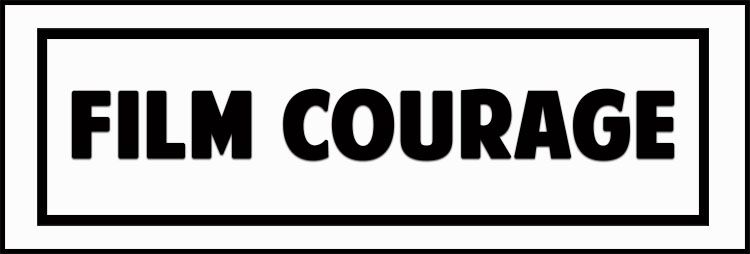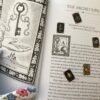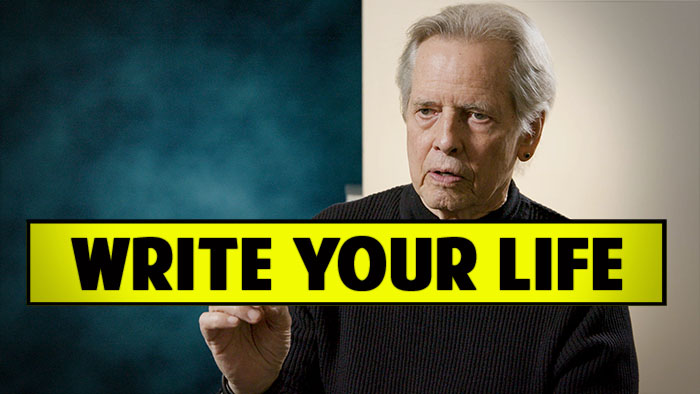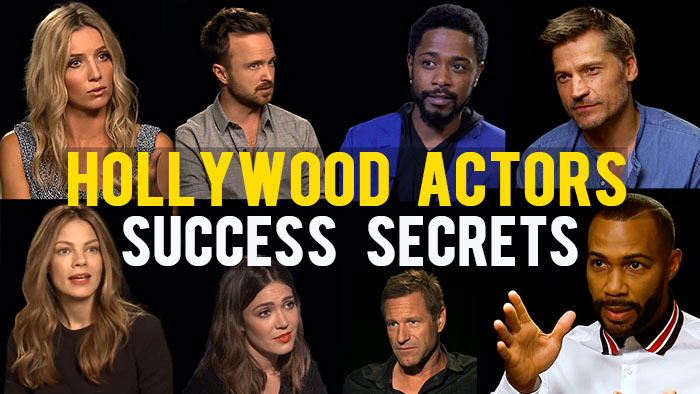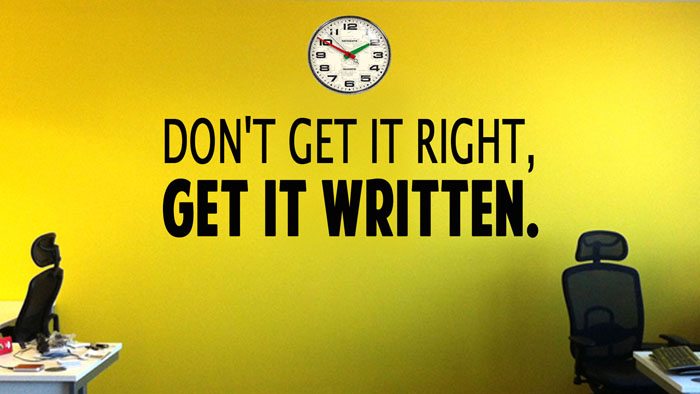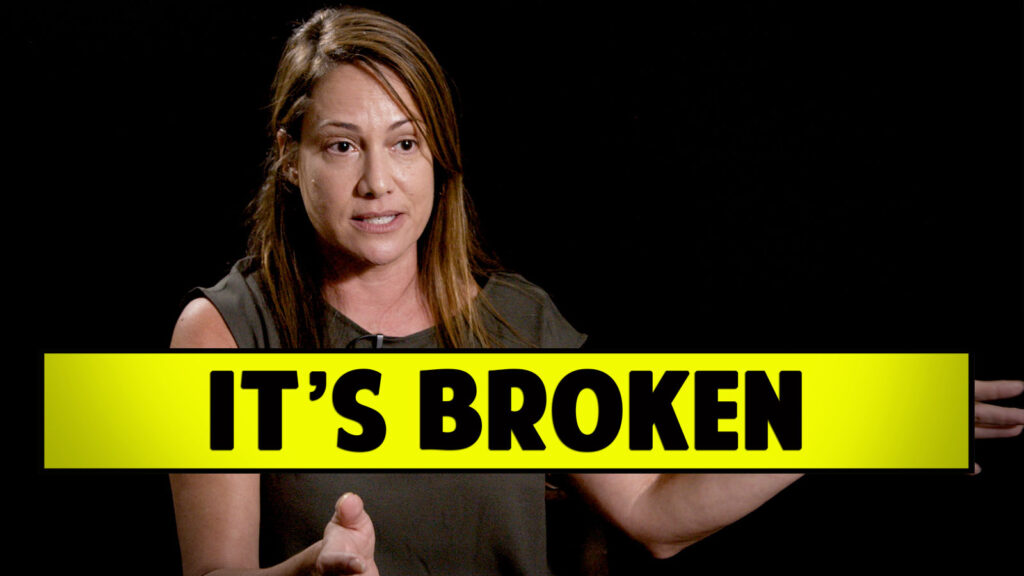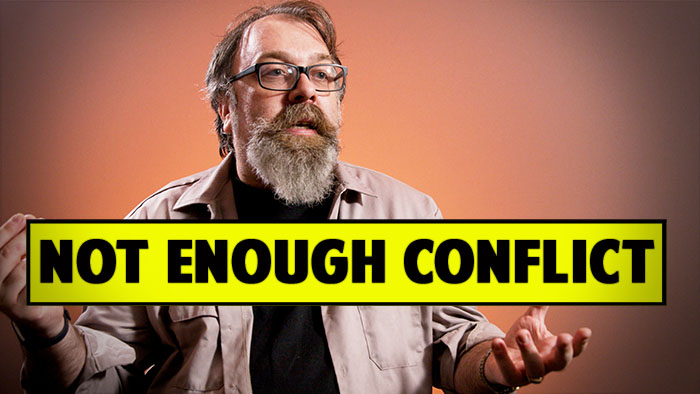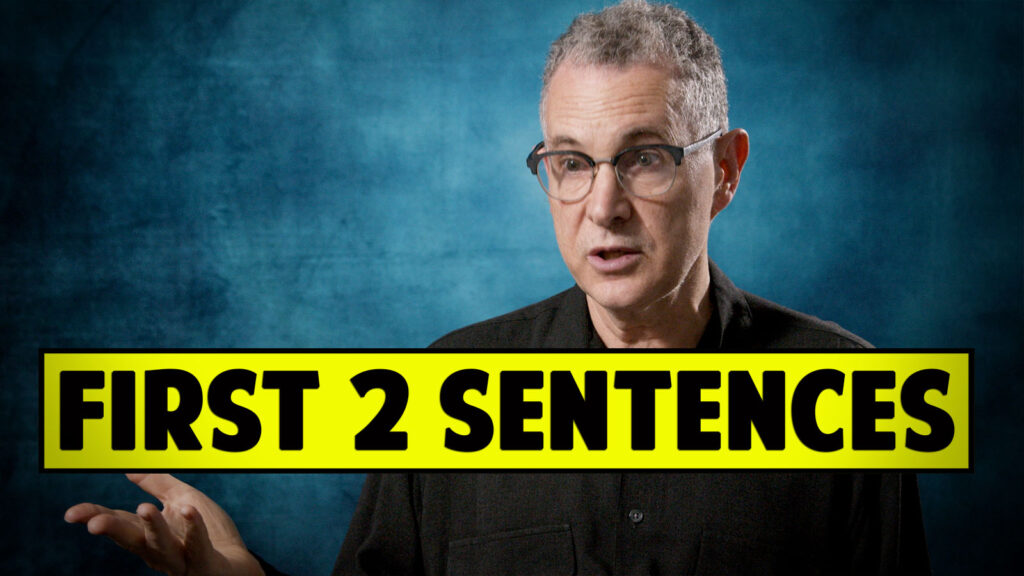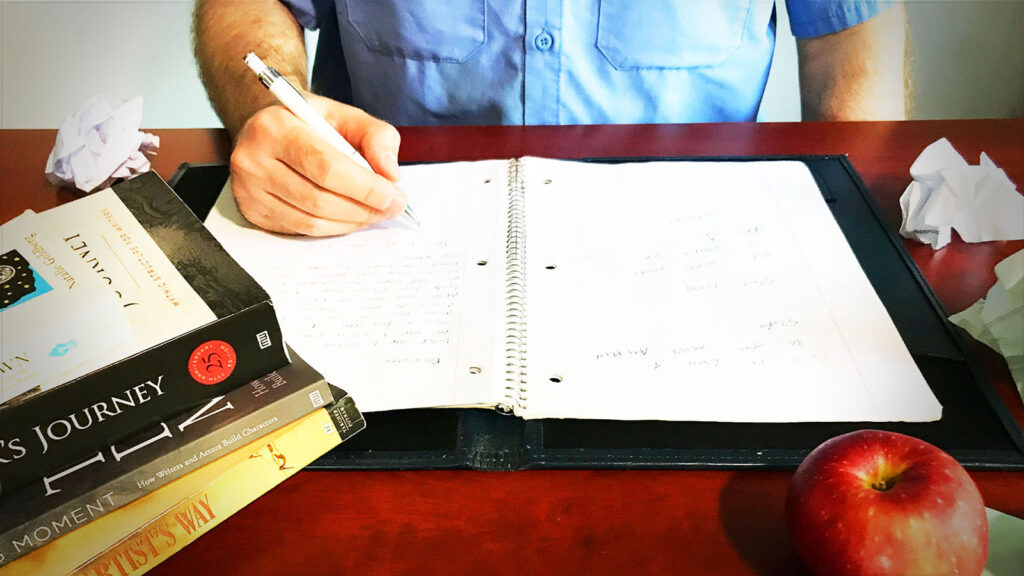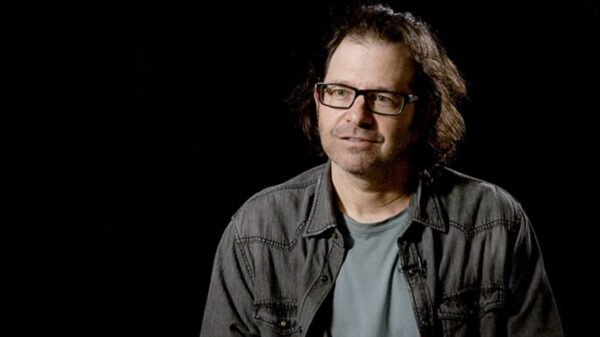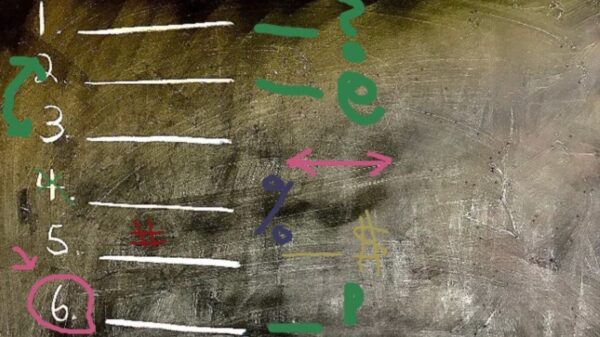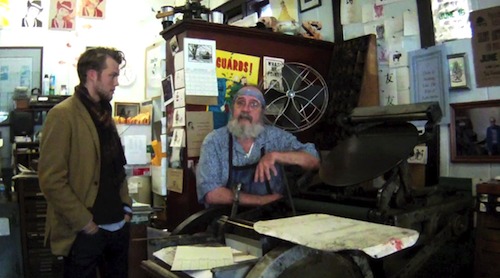
SAMUEL HATHAWAY – DIRECTOR/HERALD MOTION PICTURES – (Photo of Director Samuel Hathaway and local letterpress artist Andy Kahmann)
This is the story of one man’s journey from the prairies to NYC and back again, in which his strengths and weaknesses are flip-flopped and he starts to believe he’s on the right track.
I grew up in a little town on the prairie, in southwestern Minnesota. There, you had to drive 45 minutes through cornfields to get to the mall, only the bars and truckstops were open past 9pm, and you knew literally everybody in town (in fact, everyone was related/inbred to some degree or another).
Against all odds, though, there was a thriving arts community. I don’t know why, or for that matter who supported it. Not the truckers, that’s for sure. But the potters threw pots, musicians twanged, and painters splattered paint like they were God’s special delight – and perhaps they were. And the community was there to cheer them on. No artist made much money through their art – most people in town didn’t have the money to support them – but there was a shared delight that stuck with me the rest of my life. It was a town of humility but great community, zeal, and sincerity.

But all that sincerity and zeal eventually felt naïve and small-town, to me. The great actors were all brooding and mysterious, and certainly didn’t have a Midwestern accent. So, as soon as I graduated, I decided to seek out fame and fortune in NYC. I packed my bags moved into a German, Catholic, all-male boarding house on the Upper East Side of NYC. The city didn’t scare me as bad I thought. It was very neighborhood-oriented, for one thing, which gave it more of a community feel. Besides, 40% of the city is foreign-born, so I met loads of working-class immigrants – despite the accents, these uncomplicated people with dirty hands reminded me of people I knew from my hometown, and they made me feel I wasn’t so far from home after all.
I didn’t waste time trying to become famous. I threw myself first into classes at the American Academy of Dramatic Arts, where on my first day of class I met the first gay person and black woman of my life (I realized I wasn’t in my little Scandinavian farming town at that point), and then into an evening studio with the acting coach of Liam Neeson. I was awestruck. Teachers spoke in godly, Shakespearian accents, wore bold clothing with flashy jewelry and heels (men and women alike), and told anecdotal stories about Brando as if they had known him. They were all larger-than-life, like the characters in the plays we studied. They grabbed me by the crotch and lead me on a journey of self-discovery, and physical discovery, and vocal discovery. I was working as a salesman at Rockefeller Center at the time, and between everything, for a while, I felt on top of the world.

Filming on the prairie
And then, after two years, I felt tired. And empty. My acting coaches spoke eloquently, but not personally – did any of them know me at all? The seemed more concerned about the men and women in their plays than about the men and women that were actually in their life. My agent demanded I audition for everything, and if I found the writing atrocious or the project distasteful, I was decried as a traitor – and worse, ungrateful. I saw great actors ignored and beautiful projects rejected, while people with the right connections succeeded. I looked around and saw life upside-down – everything my heart valued thrust on its head. If this was the performing arts industry, I wanted no part of it.
Local farmer lends horse to production
I saw all of this, and recalled one of the most important lessons that my acting coaches tried to drill in my head: humans are moved by basic, universal themes. This is what we strove to find in our plays, and display in ourselves. In NYC we focused on themes like lust, betrayal, and vengeance. However, I began to believe that equally valid were themes of love and compassion. Was there perhaps a middle road, where I could make great art, but focus on the themes that felt true to me? The idea was thrilling, and I decided to try.
I began writing a screenplay, drawing upon the folk traditions I was surrounded by in Canada. The characters I wrote began to sound more and more like the people I grew up with in Minnesota, and the locations looked more and more like my old stomping grounds. I knew where I had to go.
The result? We created a promo trailer for the feature film “Once Upon a Whitsun,” (www.onceuponawhitsun.com) a period dark comedy that takes place during WWII in the town of Damascus Factory, Ontario, Canada. Two local old men lose their wives in a tragic train accident. When it comes out that the train was also carrying German P.O.W.’s, and that two prisoners escaped after the crash, rumors of a Nazi sympathizer run rampant. When the two old men decide to hunt down the undercover Nazi, they must decide who the enemy is: the other old man, the mysterious Mennonites wreaking havoc in the countryside, or, perhaps, themselves.
The discovery along the way was the great demystification of performing arts. My acting coaches would have me believe it takes great technical skill and takes years of training – and, in some cases, in does. But the best actors I knew were just people who were comfortable in their own skin. People who were True. I didn’t need gourmet caterers to make food for my crew. For that matter, I didn’t even need a large crew. What I needed was a unique story about the human experience told well, people who were good at what they did, and then a trust that audiences would be respond. Audiences don’t respond emotionally to explosions and large paychecks – but they can watch a foreign film with unknown actors and be moved to tears, because the story is powerful and true and well-made.
We are currently in the midst of an IndieGoGo campaign that will run until December 8th. We have set our goals high, but we believe in the things that inspire us about this project, and believe they can inspire others. Besides that, we believe those same things are some of the assets for our project:
1). A relationship-driven project gives others a personal interest in the project – the impetus behind of project going viral on social media.
2). Using non-industry professionals and dismissing luxuries/fat paychecks upfront allows us to save incredible costs.
3). Our project embraces a few niches (Canada, folk art, etc.) that we are able to get exposure in for marketing purposes.

This project will be a great test on if sincerity truly is a great human theme. The best case scenario? We open the doors for a way of filmmaking which is more earthy, more relatable, and celebrates people who are not celebrities. The worst case scenario? My community gets to look back on something that was a hell of a lot of fun.
Please consider supporting us and sharing the word (here).
BIO:
I was born in southwestern Minnesota, in the town of Montevideo. After biking across Europe I had the epiphany that I wanted to give acting a try, so I studied theater at the American Academy of Dramatic Arts in NYC, and with Tom Todoroff in both NYC and Toronto. After a stint in producing, screenwriting, and modeling, I found my calling in directing. Thus, I founded Herald Motion Pictures, on the belief that great films become great because of a foundation built on beauty, humor, and a search for something larger than ourselves.
I am currently based back in my hometown, partnering with the artists I grew up with to make new advances in indie film, and trying to make something that’s True.



